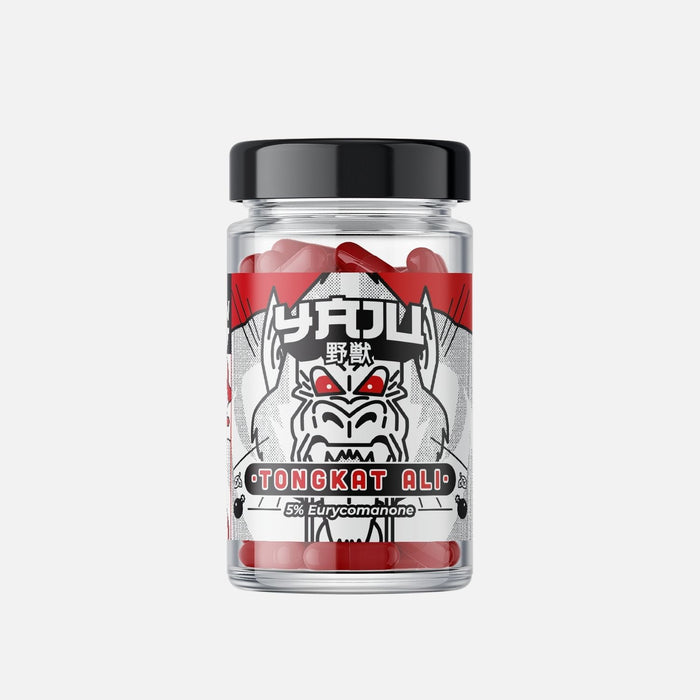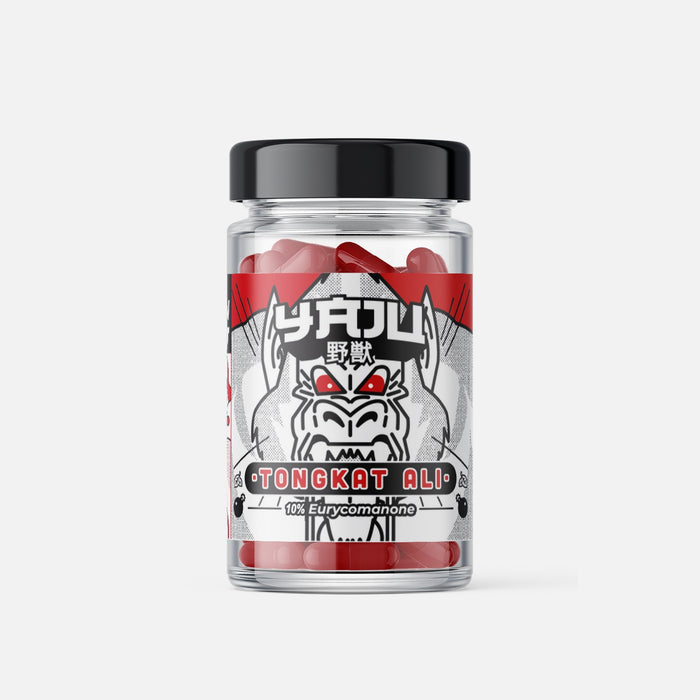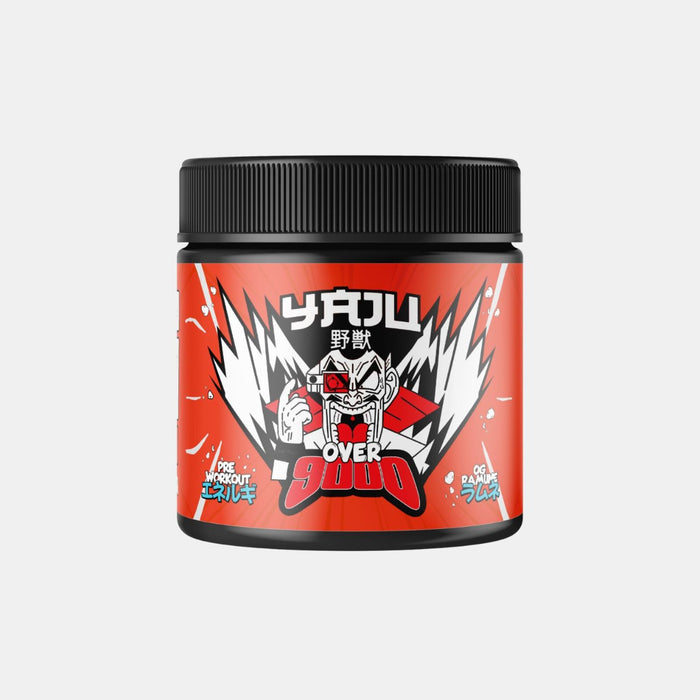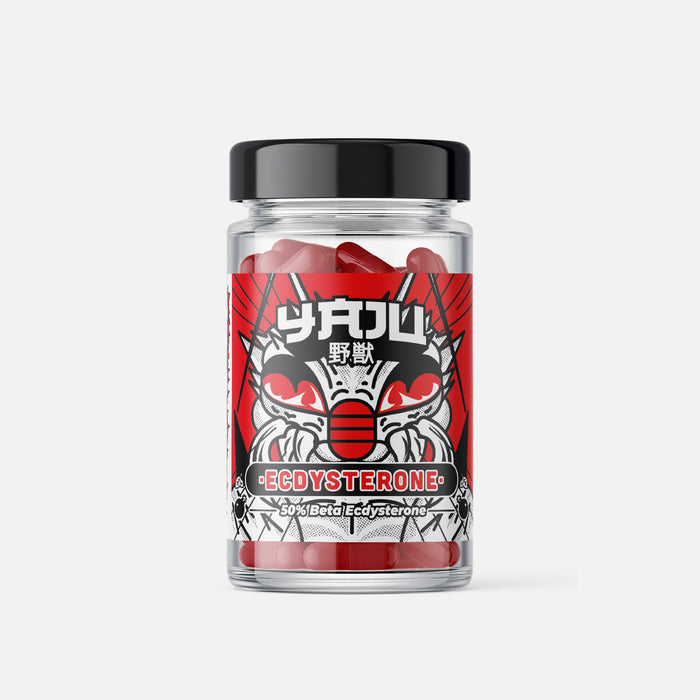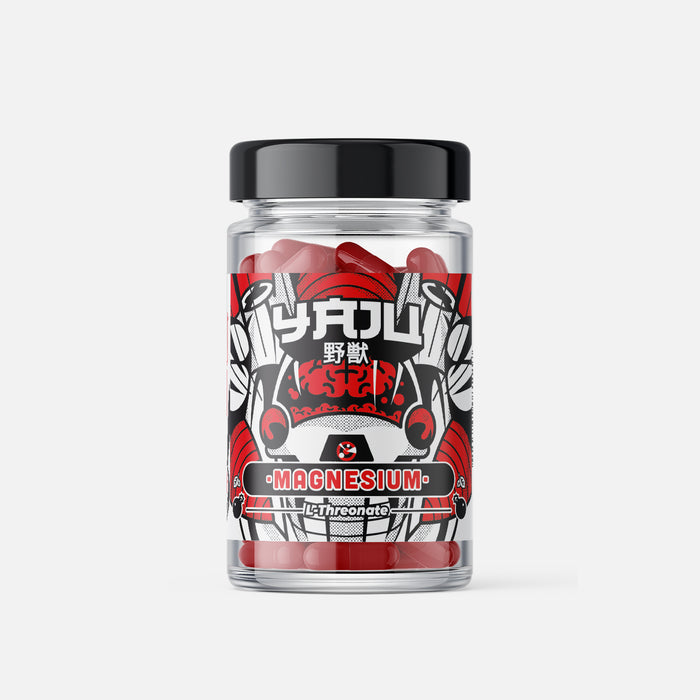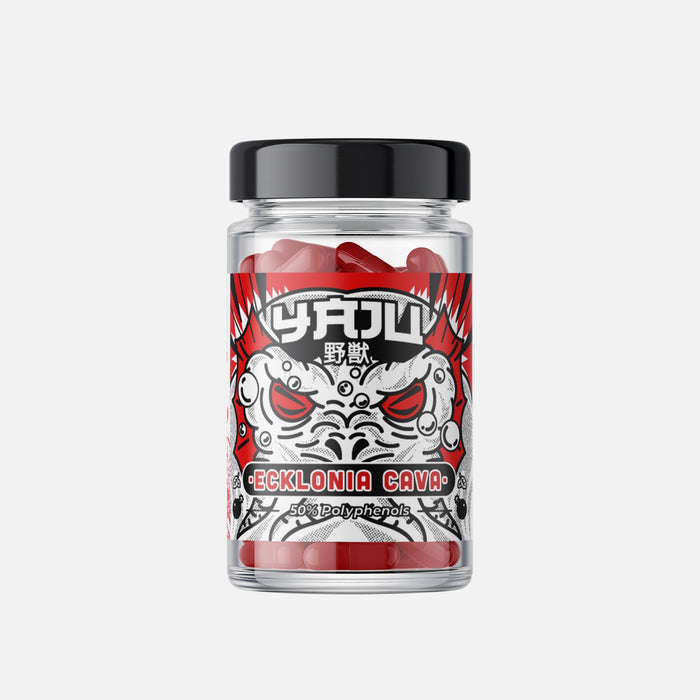The Benefits and Side Effects of Ashwagandha
What is Ashwagandha?
Withania somnifera, better known as Ashwagandha is a plant that mainly grows in India. The roots have been used in Ayurveda (traditional Indian medicine) for more than 4,000 years. Ashwagandha roughly translates to 'smell of a horse' because the roots of the plant are said to smell like a horse. Ashwagandha is classified as an adaptogen. Adaptogens are (often) herbs that can help provide energy but can also have a calming effect to bring the body into balance.
In the West, Ashwagandha is not yet that popular, although the popularity of this adaptogen has certainly increased in recent years.
What is Ashwagandha used for??
Ashwagandha is used by both men and women. It has been used for thousands of years, mainly to lower cortisol (stress levels) and increase testosterone levels. (1)
Benefits of Ashwagandha
What are the benefits of Ashwagandha Below is a list of the suspected benefits..
-
Ashwagandha reduces stress/cortisol
Ashwagandha appears to help control stress mediators (Hsp70 & JNK-1). (2)
It is also thought to reduce the activity of the HPA axis, a function in the body that regulates the stress response. (2) (3)
A study with about 60 people found that those who took 240 mg of Ashwagandha extract per day for 60 days had significantly less anxiety compared to those who received a placebo treatment. (3)
-
Improves sleep quality
A study in 50 people aged 65-80 showed that taking 600 mg of ashwagandha root extract per day for 12 weeks significantly improved sleep quality and mental alertness upon waking compared to a placebo treatment. (14)
Taking ashwagandha reduced people's anxiety levels and helped them feel more alert when they woke up. The researchers noted that the results were more pronounced in people with insomnia/insomnia and in those who took more than 600 mg per day for 8 weeks or more. (4)
In another study, participants who took 250 mg of ashwagandha extract for 60 days experienced improved sleep quality. (3)
-
Can improve sports performance
Several studies indicate that taking ashwagandha may have benefits for sports performance. One study included 12 studies in men and women who took between 120 mg and 1,250 mg of ashwagandha per day. The results suggest that ashwagandha may improve physical performance, including strength and oxygen consumption during exercise. (5)
An analysis of 5 studies indicates that ashwagandha has the VO2 max (the maximum oxygen that the body can transport and process during physical exertion) increased in healthy adults and athletes.(6)
This is useful for both athletes and non-athletes. A low VO2 max is associated with an increased risk of mortality, while a higher VO2 max is associated with a lower risk of heart disease. (6)
In addition, ashwagandha can increase muscle strength.
One study where men who took 600 mg of ashwagandha extract daily and participated in resistance training for 8 weeks had significantly more muscle strength and muscle size than the placebo group. (7)
-
Ashwagandha can increase testosterone
In one study involving men aged 40-70, testosterone levels increased by about 15% compared to the placebo group after using ashwagandha for 8 weeks. (8)
Another study concluded that ashwagandha increased testosterone levels by an average of +17% in 46 men aged 22 - 40 years old and luteinizing hormone (hormone that signals testosterone production) by about +37%. (9)
-
May increase fertility in men
A number of studies suggest that ashwagandha could help improve fertility in men.
A review of four studies found that ashwagandha treatment significantly increased sperm concentration, semen volume, and sperm motility in men with low sperm counts. But the study also shows that the sperm concentration of normal men also increased. However, it was also concluded that more high-quality studies are needed to confirm the potential benefits in male fertility. (10)
-
Ashwagandha may lower blood sugar levels
Limited evidence suggests that ashwagandha may lower blood sugar levels through its effects on insulin secretion and the ability of cells to absorb glucose from the bloodstream. (11) (12)
Side effects of Ashwagandha
Ashwagandha is considered a safe supplement. However, it is important to take this into account:
Ashwagandha could disrupt the natural production of your thyroid gland. (13)
Ashwagandha can be lethargic and sedating on your mood.
Can cause anhedonia by increasing serotonin. However, you can counteract this by using dopamine precursors such as: phenylalanine, l-tyrosine and mucuna pruriens.
How to use Ashwagandha?
We recommend taking ashwagandha in the afternoon with your lunch. This prevents you from feeling tired in the afternoon when taking it in the morning or disrupting your sleep pattern when taking it in the evening. However, every body responds differently to Ashwagandha. It may be that Ashwagandha does not have a stimulating but calming effect for you. Then it is also an option to take it an hour before going to sleep.
In addition, we recommend the following cycles:
- 300 - 600 mg per day for two to three weeks and then no intake for one to two weeks.
- 300 - 600 mg daily for four days in a row and then no intake for three days. We recommend these methods the most because your body will not build up a tolerance.
- Take 300 - 600 mg daily for one week and then do not take it for the next week.
From the above cycles you can draw the conclusion that it is important to periodize the use of ashwagandha and not always take it to avoid unpleasant side effects.
It is also important to take ashwagandha with a meal that contains fats because ashwagandha consists partly of fat-soluble components.
What should you pay attention to when buying Ashwagandha?
Buy a standardized ashwagandha extract. Standardized on the number of withanolide. Then you know that you are always getting good quality ashwagandha. KSM-66 is the best-known and most researched patented variant of ashwagandha, but Sensoril and Shoden are also well-known patented variants. It is especially important that the amount of withanolides has been tested and verified by an (independent) lab.
References
(1) https://pubmed.ncbi.nlm.nih.gov/32201301/
(2) https://www.ncbi.nlm.nih.gov/pmc/articles/PMC6979308/
(3) https://www.ncbi.nlm.nih.gov/pmc/articles/PMC6750292/
(4) https://www.ncbi.nlm.nih.gov/pmc/articles/PMC8462692/
(5) https://www.ncbi.nlm.nih.gov/pmc/articles/PMC8006238/
(6) https://www.ncbi.nlm.nih.gov/pmc/articles/PMC7230697/
(7) https://pubmed.ncbi.nlm.nih.gov/26609282/
(8) https://www.ncbi.nlm.nih.gov/pmc/articles/PMC6438434/
(9) https://www.ncbi.nlm.nih.gov/pmc/articles/PMC3863556/
(10) https://pubmed.ncbi.nlm.nih.gov/30466985/
(11) https://pubmed.ncbi.nlm.nih.gov/31975514/
(12) https://pubmed.ncbi.nlm.nih.gov/25796090/
(13) https://pubmed.ncbi.nlm.nih.gov/28829155/
(14) https://www.ncbi.nlm.nih.gov/pmc/articles/PMC7096075/
